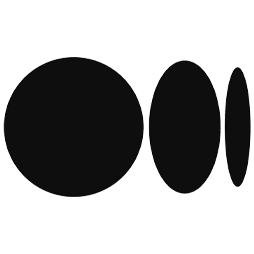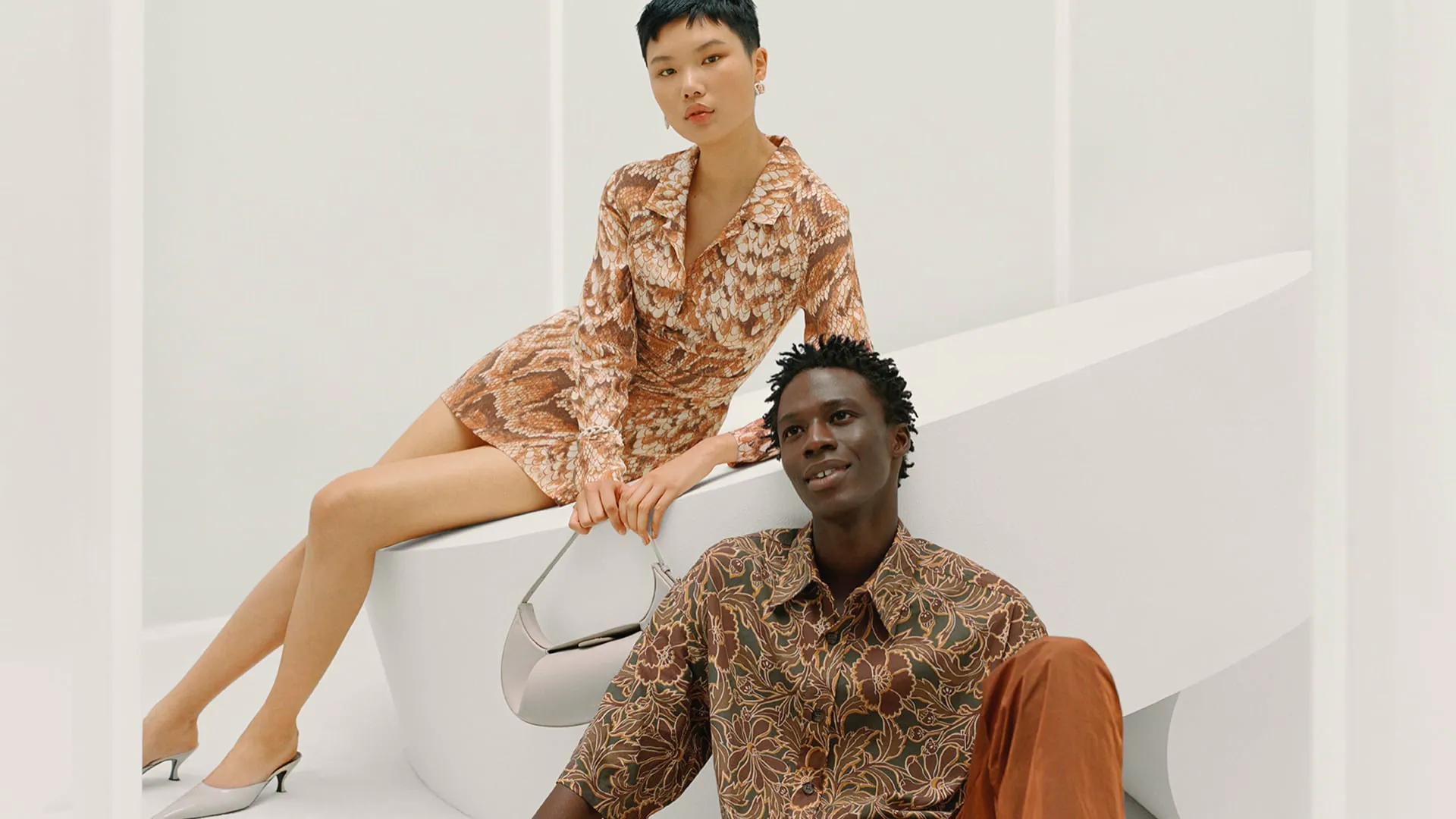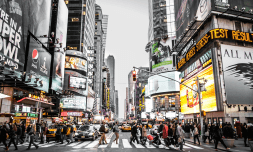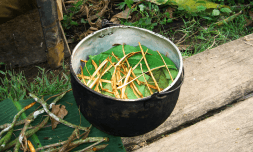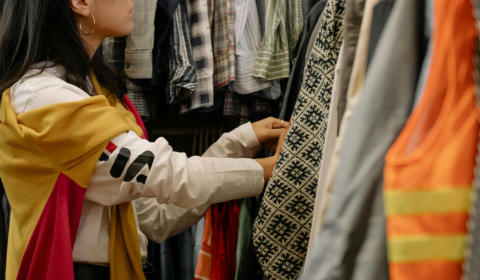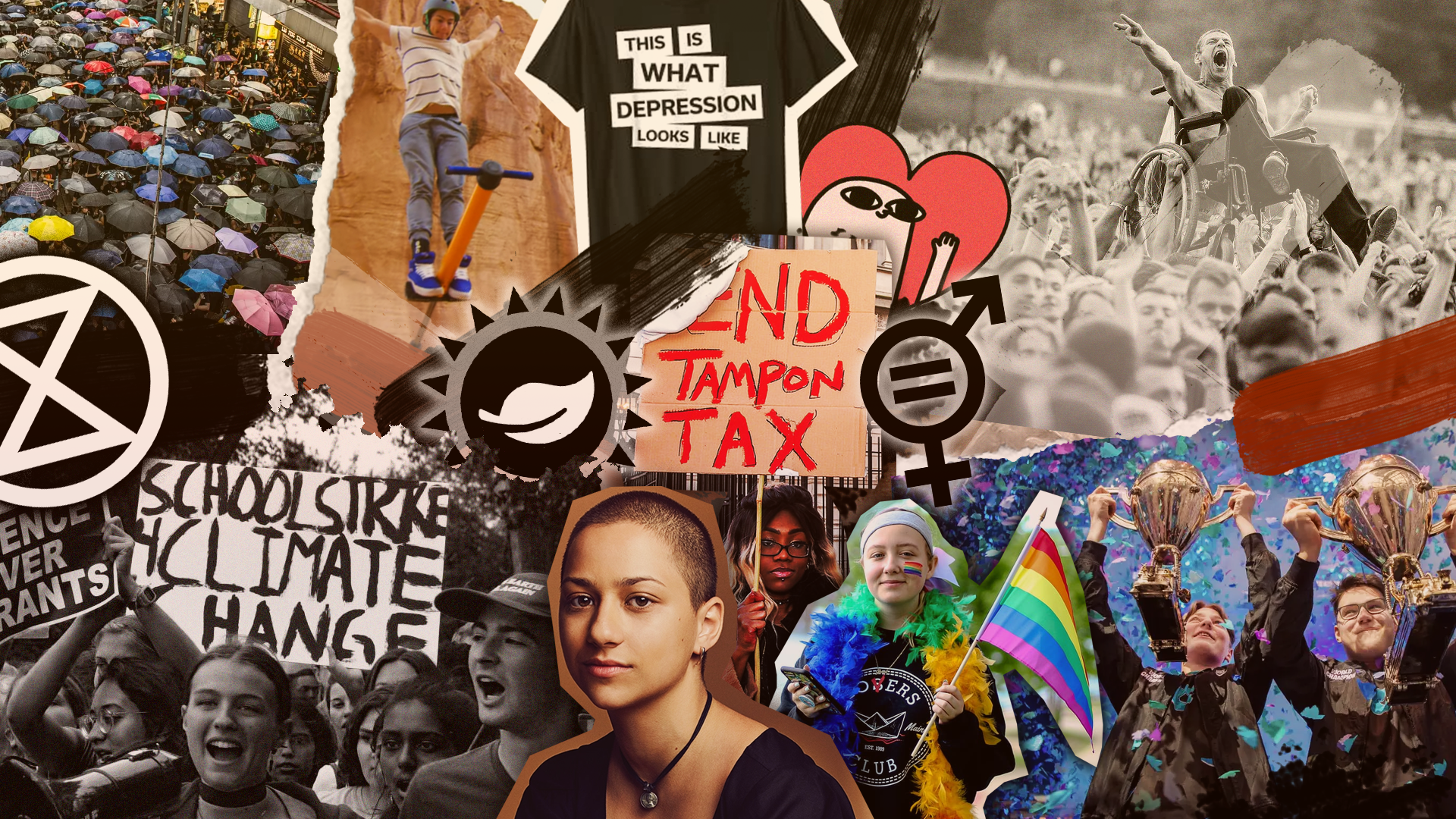What is Good On You?
The fashion sustainability and ethics app Good On You has been operating since 2013. Its website contains thousands of brand ratings, articles, and insights into the industry’s practices, as well as their impact on the planet.
Because of its wide scope and consistent measurement system (it judges ethical and conventional brands according to the same standards) and rich data sourcing, Good On You has solidified itself as a reliable, credible, and trustworthy resource.
So it makes sense that Farfetch would look to them when building a tool like Good Measures, which is completely free for all of its brand partners and will eventually be available to brands across the industry later in the year.
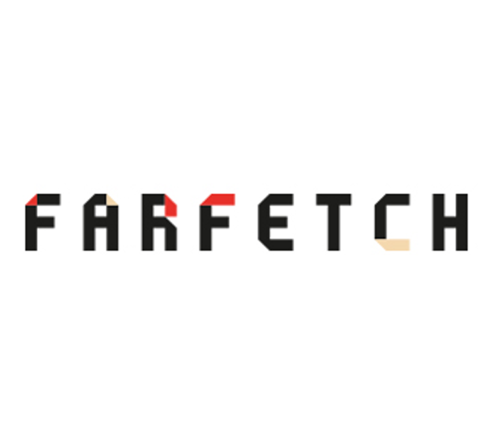
How does the Good Measures tool work?
By submitting publicly disclosed information about their performance, brands will receive an official sustainability rating out of five from Good On You. If any part of a brand’s operation changes or improves, it can request to be re-rated.
Once the rating is determined, brands involved will be offered a ‘comprehensive view’ of how they scored along with tailored advice for improving its status.
Any brand that achieves a rating of three or higher will qualify for inclusion in Farfetch’s Conscious Collection, increasing its visibility on the platform’s website. It’s a score worth striving for, as products included in this collection sell 1.8 times faster than the market average.
On the Good Measures webpage, the environmental impact of various different fabrics is explicitly stated. Visitors can view the CO2 emissions, number of trees needed to offset those emissions, as well as water usage required to produce different types of fabrics including linen, polyester, nylon, cotton, viscose, wool, silk, and leather.

A move towards greater transparency
With Farfetch selling over 3,500 brands on its website, Good Measures will play a huge part in improving the transparency of sustainability practices in fashion – especially when it makes the tool available for use to the entire industry.
Farfetch’s global director of sustainable business, Tom Berry told Vogue, ‘We’ve set a goal that we will be selling 100 per cent conscious products by 2030.’
He continued, ‘We certainly feel that the industry is moving that way and there’s a big benefit for us in doing that as a business… there are big commercial opportunities in meeting the consumer’s increasing need to access more conscious products.’
It’s great to see tools like Good Measures being created to make that process a whole lot easier.








